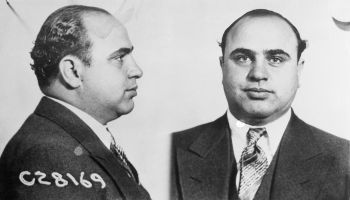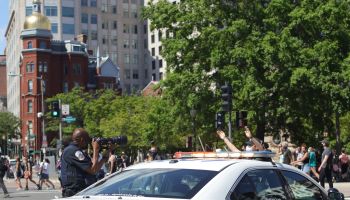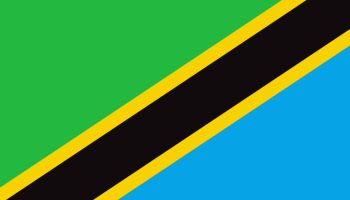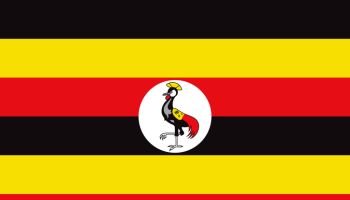Written by Adisa Banjoko, West Coast Editor (News One)
Part one of a two part series.
About three years ago, I began working for a high school in San Francisco called “John O’Connell.” It is situated in the Mission District. The Mission is a primarily Latino section of the city mostly known for its fine Mexican/El Salvadoran cuisine and being the area where Carlos Santana did some of his first shows. Today, its known for being a gang war zone for Norteno and Sureno gangs as well as MS13. Other gang-prone sections (or “turfs”) in San Francisco are Hunters Point, Lakeview, Sunnydale, and Fillmore (known as the “Harlem of the Bay” because of its rich Jazz history). Unlike Los Angeles, the Bay Area really does not have a significant number of Crips and Bloods. They are almost nonexistent. But we do have turf wars: clashes between blocks broken up by geographic landmarks that decide what side you come from. All sides are wrong sides in The Bay.
Shortly after beginning my job as a security guard at John O’Connell and working to set up a nonviolence program for my organization (Hip-Hop Chess Federation), I noticed an odd trend. A Latino boy named Che was walking down the hall with a laminated photo of a very pretty Black girl. At first I thought this was his girlfriend, but as I got closer I saw it was a laminated card that said “R.I.P.”
I inquired who she was and Che said it was a friend of his that had been shot a few years ago. As I walked around the school I noticed these laminated cards were all over the school, not of the girl in Che’s photo, but of many others. I stood in the hallway realizing I was standing in a river of sorrow. A good portion of these kids were in a state of perpetual grief. They were literally in mourning almost every day. These laminated photos are worn more than crosses, or crescents or stars. So many times I am reminded by a student, “So and so had a friend die last week, be nice to them, OK?”
Turf War Syndrome: A Form Of Post-Traumatic Stress Disorder?
As usual, the wisdom of young Black males is often ignored until a convenient way to acknowledge their almost prophetic perception has been unveiled by a mainstream source. In the late 1980′s and early 1990′s N.W.A. Ice-T Public Enemy and the Geto Boys spoke of Black issues relating to racially bias laws in the courts, drug use and systematic oppression. This was long before mainstream news outlets acknowledged any truth to the lyrics of these artists. Just as in those days, many rappers now are being ignored.
On March 21, 2006, Oakland rapper T-KASH made an album entitled Turf War Syndrome. It was a term he coined to illustrate how many of the young Black people in the hood were walking around undiagnosed and untreated with post traumatic stress disorder (PTSD). The album was a chilling account of the military grade violence that ghetto youth are surrounded by daily.
That was six years ago. Later this month, rapper T-KASH will be running a marathon for the cause of nonviolence at the Oakland Running Festival. Earlier this week KTVU news reported:”A new survey by Bay Area researchers shows that one out of six of the sixth grade students they looked at suffer from post-traumatic stress.” “When I hear the gunshots, I get to the floor because you never know when a bullet is going to come through the window,” a 20-year-old Richmond girl, Calvanay Nunley, told WTVU. “I just wonder like who’s next? Am I next?”
“Rest in Peace” laminates are everywhere in San Francisco. John O’Connell is not unique. R.I.P. T-shirts are common fashion in the ‘hood. It is a silent, but booming industry in the Bay Area. Some of them have images of deceased friends on the the shirts holding mock pistols in divine cloudscapes. Apparently there is a gangsta’s paradise. For these kids, Tupac Shakur‘s “Thugz Mansion” is not just a song. It is where the dead homeys have to be. Because the streets are far too cold for their friends bloody end to be the final reality.
Check out NewsOne.com for the full story!
- Sudan: Entertainment, Food, Languages, Places To Visit + More
- Egypt: Entertainment, Food, Languages, Places To Visit + More
- Libya: Entertainment, Food, Languages, Places To Visit + More
- South Sudan: Entertainment, Food, Languages, Places To Visit + More
- Tunisia: Entertainment, Food, Languages, Places To Visit + More














